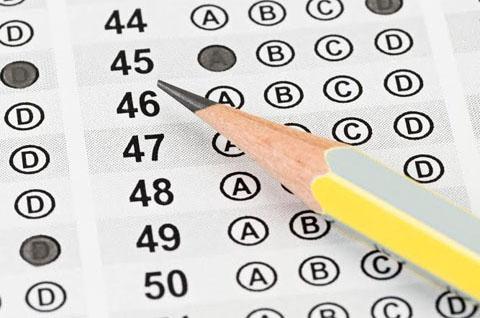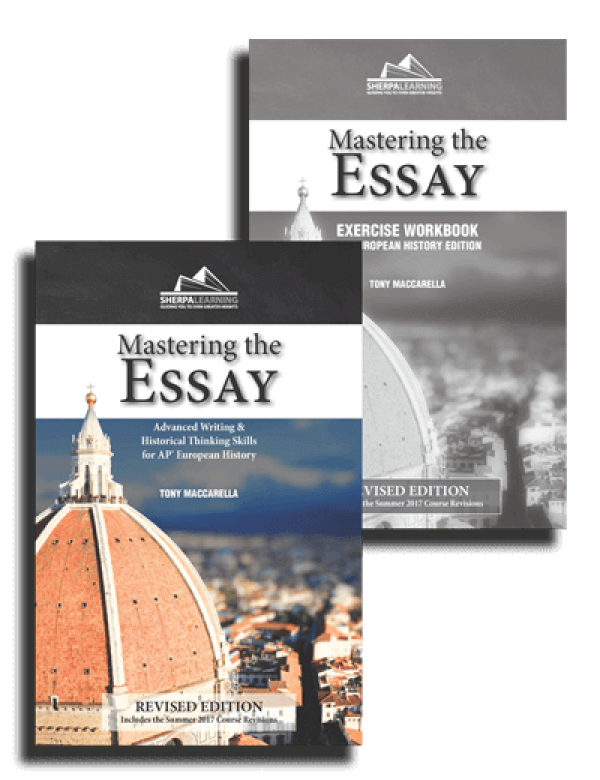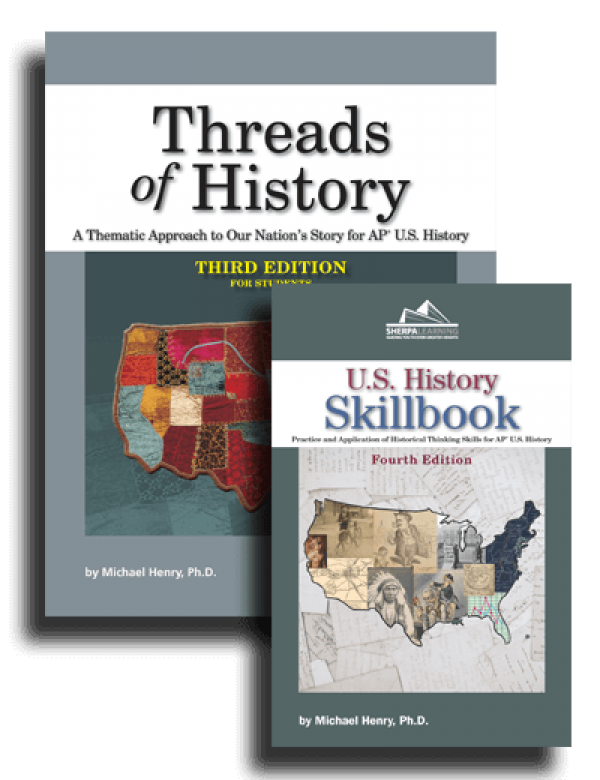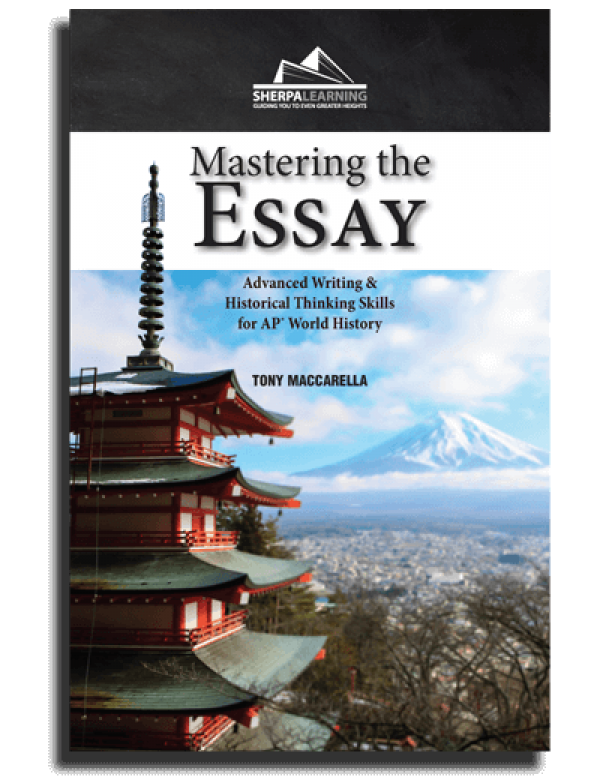Teaching to the New Multiple-Choice Format

Teaching to the New Multiple-Choice Format
In my last blog post I touched upon the changes to the new 2015 exam as they relate to the multiple-choice section of the test and how this creates a new challenge for teachers. I noted that one of the new challenges—at least for this first year and the learning curve that comes along with it—will be finding balance between teaching content knowledge while ensuring students are thinking like historians, critically evaluating how events are interconnected in the cause and effect continuum that is our history.
I can’t stress enough (and probably don’t have to) that the introduction of source documents will not translate into students needing to know less. While the MC-section’s value has been reduced from 50% to 40% of the exam score, students must be prepared to answer these new source-based questions and they must possess factual understanding to do so (something I often refer to as “knowing something about something”). While they cannot exclusively rely upon the source documents to answer the new MC-questions, they also do not have to solely rely on their ability to recall granular details to demonstrate their understanding and proficiency. Allow me to be much more specific by giving a clear example.
Let’s take the Monroe Doctrine as an example. On the “old” test students were often asked to connect the pronouncement with the immediate cause of a threat from Europe in the early 1820s. On the new 2015 exam, a question about the Doctrine might ask students to see it as both a continuity and change in American foreign policy. They might have to connect it to Washington’s Farewell Address or to Roosevelt’s Corollary in the early 20th century. A source document will be included which will provide them with some information and context, but not enough by itself to successfully answer the question. Facts are going to remain vital in AP U.S. History, but they will need to be connected and sorted in new ways. This will be a great challenge and teachers will have to work to identify which students are struggling to make those connections and think critically, as opposed to identifying which students have not been studying the facts. ‘Covering’ material will take on a different meaning. In the new curriculum, students will still be taught specific historical events, but then they will need to revisit them often during the year. They must be constantly reminded of the connection of ‘old’ material to new information. Linkage will become the new mantra of instruction this year and beyond.
Much like the speed and memorization issue was tempered by reducing the number of questions and including supportive source documents, the “anything goes” issue of the MC-section is further addressed by a new concept outline (on page 28 of the course description). In previous years, some students and teachers were compelled to cram every factoid into their curriculum load because ANY topic was fair game. There was no outline provided to assist with topic focus. In response, a 54-page concept outline was developed that identifies topics that might be on the exam. The hope is that this outline will help teachers focus their curriculum more confidently while still teaching the material however they see fit—a critical freedom for any educator.
Now, with the redesigned exam focus, teachers and students alike can relax their memorization muscles and concentrate (pun intended) on understanding events and critically analyzing their impact and place in history. Deep understanding breeds internalization, which means less pressure to simply recall. When students think like historians, truly digesting the information and processing it, the need to memorize melts away.
Please share your thoughts in the comments section below!




